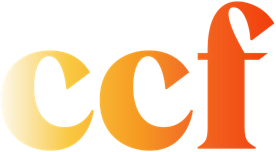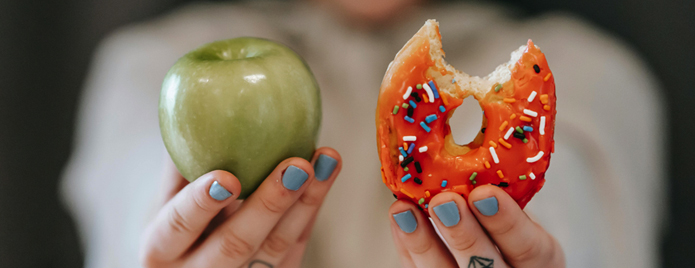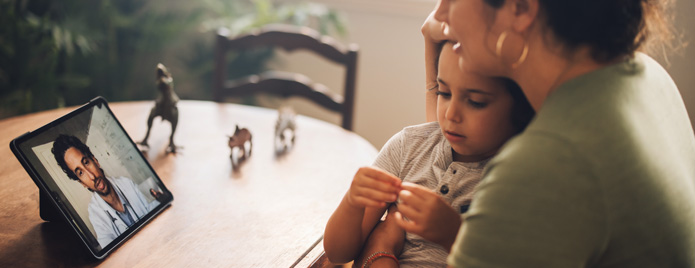This Week’s Key Points
- In 2019, LGBTQ+ adults held a combined buying power of $3.7 trillion dollars
- LGBTQ+ advertising exploded after businesses realized they could use it to increase profits
- In today’s environment of “rainbow washing”, it’s important to back it up with action
It’s Pride Month, and that means it’s time for corporations to recolor their logos with the classic “gaydient” we all know and love. Businesses are eager to get in on the action, but how much of that comes from real interest in LGBTQ+ causes? And how have we gotten to where we are today?
A Brief History
The history of LGBTQ+ advertising is predictably relatively short. Absolut Vodka paved the way, becoming the first major brand to take out a full page ad in two gay magazines in 1981, the advocate, and the dark. They followed that up by featuring gay artist and activist Kieth Haring in a spot in 1986. It was risky then, and virtually no other brands had the gall to do that sort of thing.
The 1990s began a period of “gay vague”, in which advertisers employed subliminal messages targeting the queer community while avoiding criticism from the more homophobic general public. In 1996, IKEA released a “revolutionary” TV spot which featured an openly gay couple shopping for furniture.
In the early 2000s, brands continued to dip their toes into queer advertising while at the same time trying to avoid stepping on the toes of anti-gay audiences.
The movement gathered steam in 2015 with the Supreme Court’s ruling on gay marriage, and we started to see focus on more marginalized members of the LGBTQ+ community with trans and gender neutral representation. In a shift that would have seemed unimaginable in the 1980s, major brands are now being accused of “rainbow washing”, going too far in claiming inclusivity without backing it up with action.
Falling Flat
Like Walmart’s recent Juneteenth debacle, sometimes LGBTQ+ marketing is easily exposed as posturing. The largest pharmacy chain in the United States, CVS, is a prime example. Although CVS has changed its logo mark for Pride Month and signed a petition to oppose anti-LGBTQ+ laws, the organization has donated $259,000 to anti-LGBTQ+ politicians since 2019.
Simply put, businesses have realized that they can make more money when they attach themselves to Pride. Rainbow washing is damaging because it commodifies pride, sometimes making it more about profit than progress. Even though an item has a rainbow on it, that doesn’t mean buying it truly supports the LGBTQ+ community.
Balancing Inclusivity and Authenticity
As an advertising agency, it’s our job to make smart recommendations to our clients in all areas. Our position on this one sounds simple because it is. If you’re going to advertise your product or service to the LGBTQ+ community, you should back it up with real action like donating a portion of profits to an organization like the Trevor Project or taking tangible steps to become a more inclusive place for queer people to work. At CCF, we’ve brought in outside consulting groups like the BrandLab to conduct identity workshops, for example.
You know your business, we know best practices for advertising. Let’s talk.
Thanks for reading, and we’ll see you for the next installment of Media Trends Monday.



